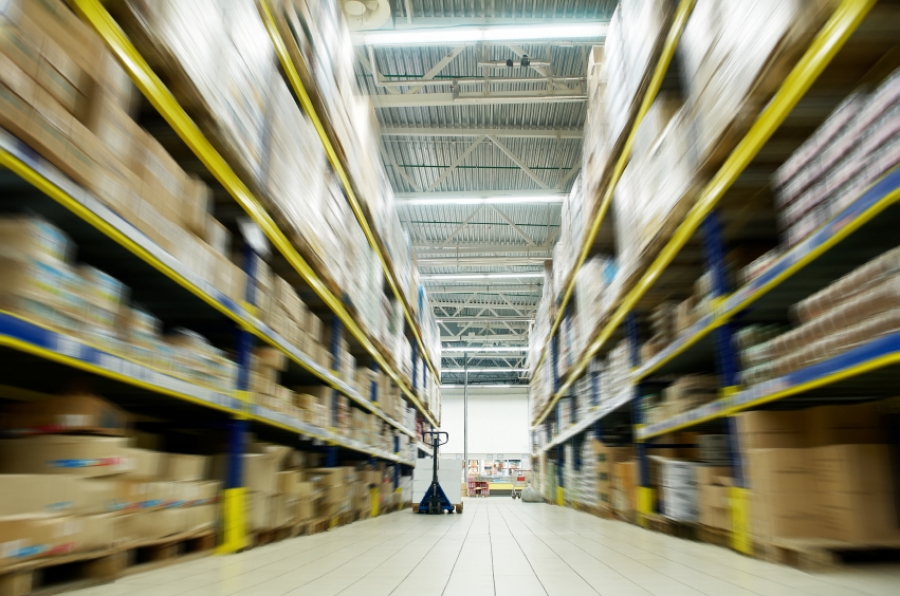Carbon Offsets 2012 Update
Video
Carbon offsetting, an effort to reduce overall carbon footprint, has seen some important changes in its implementation and practice.
Despite individuals’ and businesses’ efforts to reduce their carbon footprints, it is difficult to become carbon-neutral (i.e., reducing one's impact on the environment to zero). That is where carbon offsets come in. A carbon offset is a credit that represents a one-ton reduction in emissions elsewhere, such as a renewable energy or reforestation project, to balance the emissions that cannot be reduced, according to the CarbonFund.org, a climate change and carbon offsets education organization.
Carbon Offset Project Types and Locations
Carbon offset projects include, but are not limited to, the following:
-
Renewable energy
-
Methane collection and combustion
-
Energy efficiency
-
Destruction of industrial pollutants
-
Land use, land-use change, and forestry
-
Purchase of carbon allowances from emissions trading schemes
-
Links with emission trading schemes
-
Carbon retirement
The prevalence of carbon offset projects is often determined by upfront cost, geographical location, and legislation. “REDD [Reducing Emissions from Deforestation and Forest Degradation] projects and forestation projects are both really popular right now,” says Todd Jones, the Center for Resource Solutions’ Green-e Climate manager. “Methane capture was very popular [in 2011], because the accounting for that is relatively simple compared to forestry or solar.” Growth of forestry projects is believed to be, in part, due to an increase in relatively new standards—the Forest Carbon Standard International and the Brasil Mata Viva Standard—coupled with existing standards, such as Plan Vivo and CarbonFix, which support specialized forestry applications, and recent advances in REDD methodologies.
While the majority of voluntary carbon projects take place in the United States, transaction volumes in Latin America have nearly doubled over the past year due to an increase in forestation projects, according to Back to the Future: State of the Voluntary Carbon Markets 2011, a report by Ecosystem Marketplace and Bloomberg New Energy Finance.
Steady Carbon Market Growth and Increased Transparency
In recent years, Back to the Future: State of the Voluntary Carbon Markets 2011 states, the voluntary carbon market has shown significant growth. Between 2009 and 2010, the voluntary market grew 34% —from 98 metric tonne carbon dioxide equivalents (MtCO2e) to 131.2 MtCO2e—surpassing historic transaction volumes, according to the report.
“This [growth] comes from general improvement of standards and also consistent and unwavering demand on the part of the customers for responsibility and environmental impact of companies,” Jones says. “Companies are also now showing interest and responsibility, which is helping to sustain the voluntary market despite lack of legislation.” For example, despite the federal government’s inability to reach an agreement in 2010, which led to the closure of the Chicago Climate Exchange, as the United States began to recover from the Great Recession, more businesses and individuals designated discretionary funds for offsetting emissions in the voluntary market, resulting in 127.9 MtCO2e transacted (975 of the global market share) in 2011.
Quality Assurance for Carbon Markets
Suppliers and creators of standards are increasingly turning to registries to help to instill confidence in quality and to increase transparency. Additionally, many project certification programs are available to help protect consumers. Green-e Climate is the world’s only certified quality assurance program for both carbon retailers and consumers. “Our primary concern is consumer-level certification. Verification of annual sales ensures there is no double selling and the marketing compliance review ensures that the seller provides the customer with correct information that is not misleading,” Jones says. “It’s a one-stop shop for offset purchasers.”
In addition to verifying the legitimacy of carbon offset retailers, certification programs help to improve education and increase consumer awareness, which can help to prevent fraudulent activity. For example, carbon credit “boiler rooms” (companies that knowingly run scams to mislead investors) plagued some European countries at the end of 2011 and the beginning of 2012. This problem is not limited to Europe, however, as all consumers need to “make sure they get what they pay for,” Jones says. “It’s a perfect example of why a program like Green-e Climate is needed—accuracy and full transparency.”
Industry associations, such as the International Emissions Trading Association (IETA), establish best practices for retailers, which also protects consumers. “Members of these voluntary organizations are sending a message that they care about integrity in the market,” Jones says. “I think we’ll start to see a trend of consumers requesting [increased transparency], and retailers will continue to respond to that demand. People are becoming sophisticated buyers.”
Projections for the Future of Carbon Reduction
Although the compliance market has been fairly stagnant, current compliance legislation could be a predictor of future legislation. “Depending on how the Greenhouse Gas Initiative performs, I think you will start to see more compliance markets pop up,” Jones says. The Regional Greenhouse Gas Initiative is a regulatory program based in the Northeast and Mid-Atlantic United States that will result in a 10% reduction in CO2 emissions from the power sector by 2018. Additionally, as the voluntary market expands, the compliance market may experience growth as well. Compliance legislation is “usually in areas where historically voluntary action has been high,” Jones says. “There will always be those who want to go above and beyond.”
The voluntary carbon market, which was valued at approximately $424 million in 2010, according to Back to the Future: State of the Voluntary Carbon Markets 2011, is projected to continue to increase in value due to forecasted “substantial growth” in 2012 and beyond. According to the report, suppliers predict a market size of 406 MtCO2e by 2015; the market size is predicted to increase at a higher rate after 2017, when many suppliers expect to see an increase in compliance-based or semi-compliant regional markets that thrive based on maturing voluntary markets.
“As long as the quality is there, the market will continue to grow,” Jones says.

J. Mariah Brown
J. Mariah Brown is a technical research writer and the owner of Writings by Design, a comprehensive business writing service company that specializes in business development, promotion, and client outreach. She has worked in a variety of technical and non-technical industries including, but not limited to, Government, Non-Profit, Engineering, Translation and Interpretation, Christian and Women’s Publications, and Fashion and Beauty. She is a graduate of the prestigious E.W. Scripps School of Journalism at Ohio University and is currently pursuing a master's degree from Gonzaga University in Communication and Organizational Leadership.






